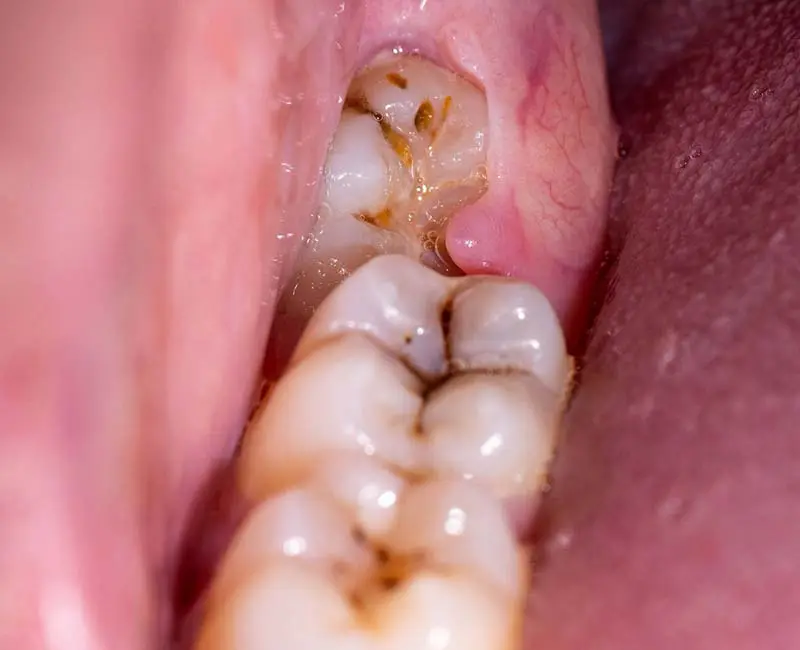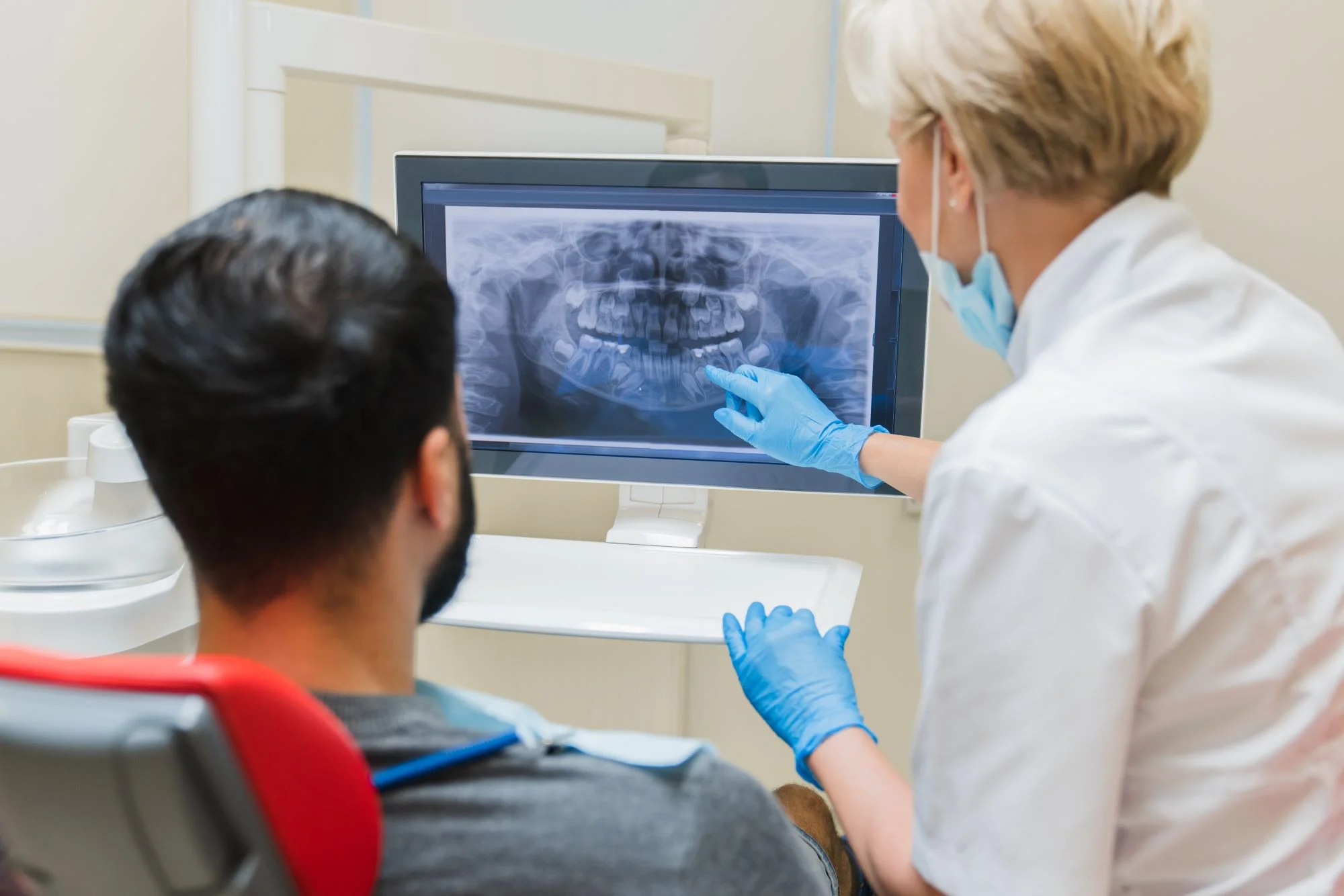Last Updated on: 4th December 2024, 04:25 pm
Discomfort associated with the eruption (output) of wisdom teeth coming in is the most frequent reason for a dental consultation among adolescents and young adults. Studies have shown that, in most people, the third molars do not erupt properly and can cause some problems.
What are Wisdom Teeth?
Third molars are popularly called wisdom teeth, because they come in at the age at which, for many cultures, people reach maturity. They correspond to the third and last group of molars that appear in the mouth.
At what age do wisdom teeth come in?
These commonly come out between the ages of 17 and 25. However, discomfort associated with the eruption of third molars has been reported in adults over forty years of age, who thought that they would never come out.
In some people, the wisdom teeth may never form, but in others, they may form inside the bone and never appear in the mouth, often due to lack of space or because they are in awkward positions. Because the age at which third molars erupt is not exact and, in some cases, this never happens, it is common to wonder: When will the wisdom teeth come?
What are Wisdom Teeth Used for?
Although, on some occasions, the wisdom teeth appear without generating more than a few days of discomfort and manage to find a good position in the mouth, at present this does not happen in the majority of people. Wisdom teeth served as a support and replacement tooth for primitive humans, who used to eat hard and difficult-to-chew foods, in addition to frequently losing some of their teeth at an early age.
Currently, the diet has changed, so that soft and processed foods predominate, in addition to advances in oral hygiene and dentistry that have allowed people to keep more and more teeth until their old age. On the other hand, it has been shown that the jaws are getting smaller and that, in some cases, the wisdom teeth do not form, which is considered a sign of evolution.
Signs that the Wisdom Teeth are Coming in
When they are in the correct position and there is enough space for their eruption, it is natural for the wisdom teeth to come out to cause some discomfort, which in normal conditions should not last more than a week. The following symptoms may occur:
- Inflamed gums: Redness and swelling in the area.
- The appearance of small white areas just behind the last molars.
- Mild or moderate pain: Localized or diffuse, in the eruption area, in the jaw, or in neighboring structures, such as the ear, eyes, or head.
Symptoms of Wisdom Teeth Coming in
As wisdom teeth form in smaller and smaller jawbones, they often become fully or partially trapped within the bone or gum. It’s also common for them to be so bent over or lying down that they can’t get out completely.
When this happens, the wisdom tooth is said to be “impacted.” If this happens, several complications can occur. These are the symptoms of an impacted third molar:
- Intense, diffuse pain that does not stop when taking painkillers and that can be felt in other areas, such as the ear, neck, back of the jaw, or eye.
- Difficulty opening the mouth or biting, caused by inflammation.
- Inflamed face: on the outside by the cheek you can see the inflamed or swollen face.
- Numbness sensation: The molar can be too close to nerve structures and cause damage that causes this sensation.
- Pain when eating or swallowing.
- Bad taste in the mouth.
- Swollen lymph nodes in the neck: small bean-shaped structures that contain defense cells that help fight infection and disease. They are located under the jaw near the neck.
- Fever and general malaise.
The joint appearance of these symptoms could indicate that there is an infection, which, if not treated in time, can generate an abscess (pus-filled sac) that must be treated by a dentist as soon as possible.
When to See a Dentist?
Prevention is the best ally to provide timely and increasingly simple solutions to various health problems. Currently, thanks to panoramic radiographs, from an early age it is possible to evaluate the formation of wisdom teeth and predict whether or not they will have enough space to fit in the mouth.
From the age of 15, it is possible to observe wisdom teeth with a dental X-ray. If the probability that they do not reach a suitable location or could cause damage to neighboring structures is identified, it is advisable to carry out the extraction as soon as possible.
Bone healing and regeneration in young people is much faster and more efficient, which is why the American Society for Oral and Maxillofacial Surgery recommends the extraction of third molars preferably during adolescence to minimize complications after surgery, such as pain and infection.
If you are getting a wisdom tooth, it is important to maintain strict oral hygiene habits as mentioned above and to be very attentive to the signs, since, if you present at least two of the symptoms mentioned for an impacted third molar, you should visit your dentist as soon as possible, who will take a panoramic X-ray and give the appropriate pharmacological and surgical management if required.
Contact us
If you have any questions about this or other topics, you can contact us at Channel Islands Family Dental as well as our page on Facebook. We look forward to your visit and we will make a timely diagnosis. Our dentists in Oxnard, Santa Paula, Ventura, Newbury Park, and Port Hueneme will be able to guide you toward the best treatment to take care of your health and give you back your best smile.


















